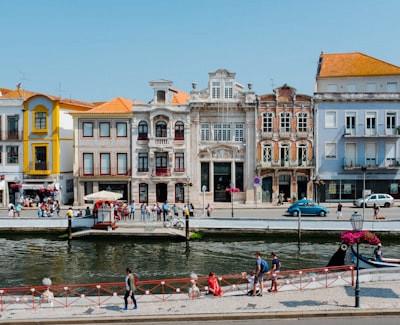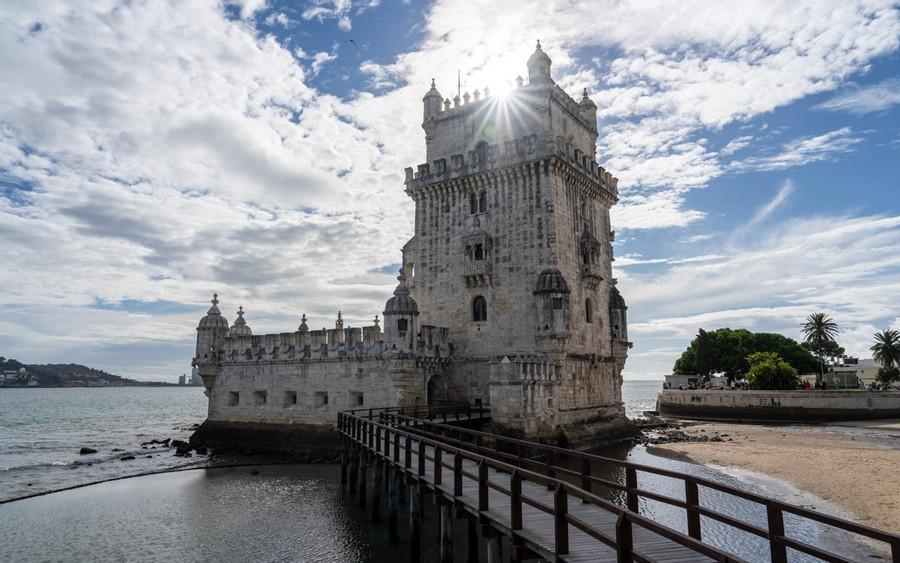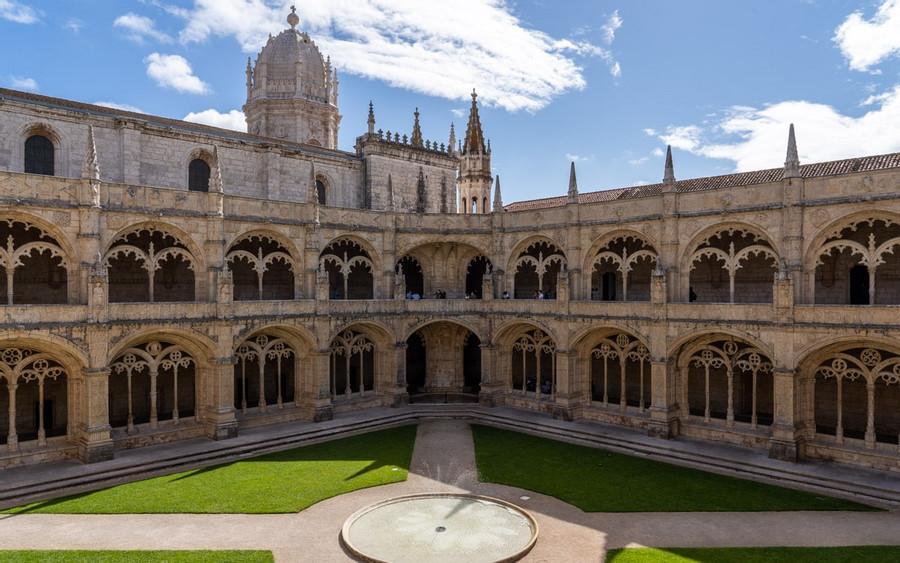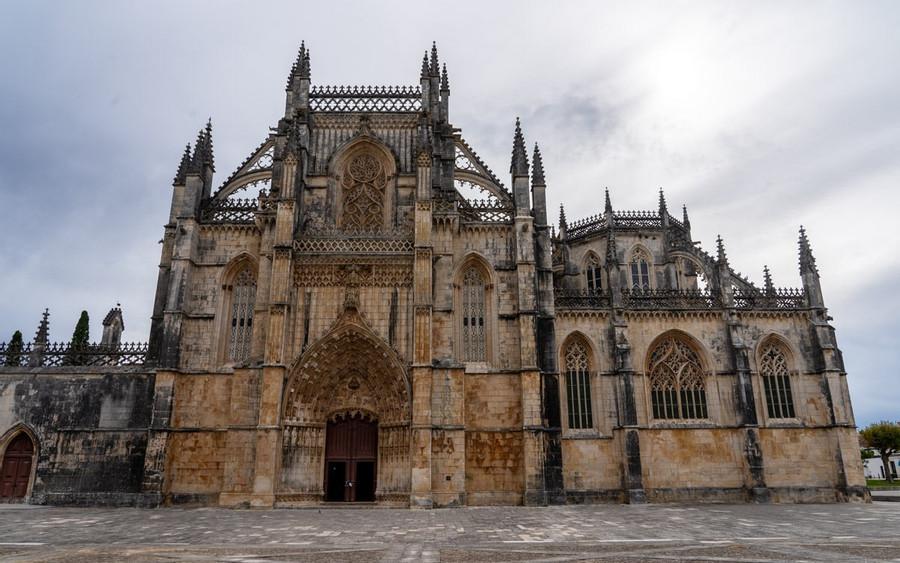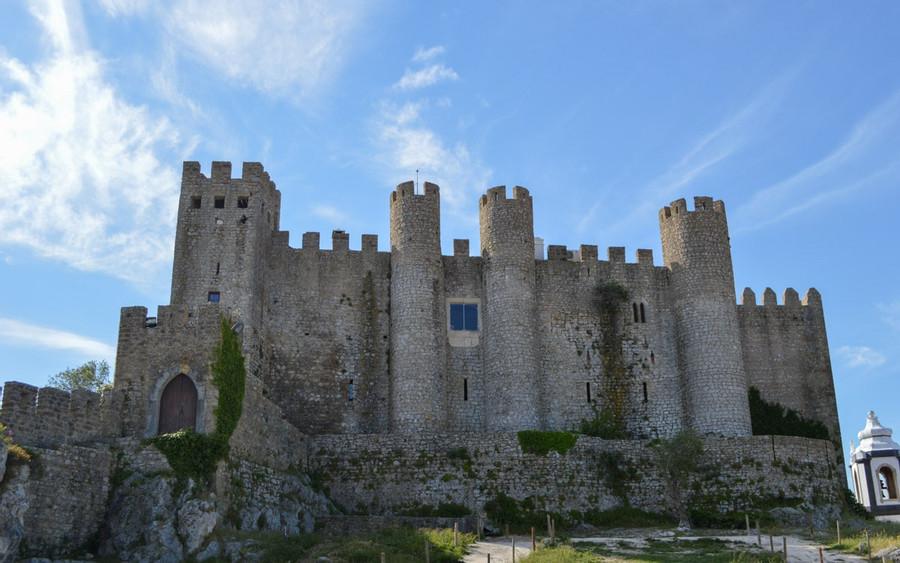Explore the World's Best Ideas
Join today and uncover 100+ curated journeys from 50+ topics. Unlock access to our mobile app with extensive features.
1 – Pena Palace (Palácio da Pena)
Located in the hills above Sintra is Pena Palace (Palácio da Pena) , a colorful Romanticist castle.
The exotic castle, a fine example of 19th-century Romanticism, combined Medieval and Islamic elements into its design. After the Republican Revolution of 1910, the palace turned into a museum. Today, Pena Palace is one of the most visited museums in Portugal.
It also is an UNESCO World Heritage Site and national monument. Surrounding the palace is an expansive park. In the park are exotic plants and trees brought in from around the world including Japan, New Zealand, and United States.
5
18 reads
2 – Belém Tower (Torre de Belém)
No visit to Lisbon is complete without a trip to the Belém district, located about 8 kilometers (5 miles) west of central Lisbon. And, no visit to Belém is complete without stopping at the Belém Tower (Torre de Belém) , officially the Tower of Saint Vincent (Torre de São Vicente). Today, the 30 meter (98 foot) limestone tower and bastion is one of the finest examples of Portuguese Late Gothic Manueline style. Visitors to the tower can climb to the top where they will be rewarded with views of the 25th of April Bridge, the Tagus River, and Christ the King statue.
5
3 reads
3 – Jerónimos Monastery (Mosteiro dos Jerónimos)
Located steps away from Belém Tower is Jerónimos Monastery (Mosteiro dos Jerónimos).
The massive monastery and church stretches for 275 meters (902 feet) along Belém’s waterfront. Its limestone exterior is a fine example of Portuguese Late Gothic Manueline style architecture.
The highlight of the church is the Tomb of Vasco da Gama.
In 1499, Da Gama returned to Portugal with many spices and new intelligence which led to Portugal’s Golden Age.
Thankfully, the monastery survived the 1755 Lisbon earthquake without any significant damage.
5
10 reads
4 – Batalha Monastery (Mosteiro da Batalha)
Batalha Monastery is a Dominican convent located in the town of Batalha. Its official name is the Monastery of Saint Mary of the Victory. The monastery, which celebrates a medieval battle, is considered to be one of Portugal’s finest architectural achievements.
Today, the exterior of the structure features a Flamboyant Gothic style with pinnacles, gargoyles, and stained-glass windows.
The highlight is the Founder’s Chapel which holds the tombs of King João I. The monastery also features the Tomb of the Unknown Soldier, cloisters, and the impressive Unfinished Chapels.
5
5 reads
5 – Alcobaça Monastery (Mosteiro de Alcobaça)
Alcobaça Monastery is a Cistercian abbey church and monastery.
It is located 120 kilometers (75 miles) north of Lisbon in the town of Alcobaça.
The interior is grand yet simple and bright with Gothic lines. The highlight of the church are the tombs of King Pedro I and his mistress, Inês de Castro. Their tombs face each other so that they will meet each other when they rise on Judgement Day. Pedro I, son of Afonso IV, was king of Portugal from 1357 to 1367.
Other than a church, the Alcobaça Monastery features two cloisters, a refectory, kitchen, and a dormitory.
5
2 reads
6 – Castle of Óbidos (Castelo de Óbidos)
The Castle of Óbidos (Castelo de Óbidos) is a well-preserved medieval castle located in Óbidos.
The town is one of Portugal’s most charming and touristy towns. While touristy, Óbidos is beautiful with whitewashed houses and cobbled alleys surrounded by medieval walls. One of the highlights of the town is the impressive Castle of Óbidos.
Thanks to the Romans and Moors, a fortification of some type has existed at this location for almost 2,000 years.
Today, the castle is a fancy hotel, or pousada, with nine rooms with grand views over the surrounding town.
5
3 reads
7 – Castle of Guimarães (Castelo de Guimarães)
Castle of Guimarães is a medieval castle located in Guimarães. The city is located about 42 kilometers (26 miles) northeast of Porto. Guimarães is a walled city first settled in the 9th century.
Over the centuries, the castle has been improved, remodeled, and expanded. Its present form, featuring Romanesque and Gothic architecture, dates back to the 13th and 14 centuries.
Today, Castle of Guimarães features eight rectangular towers, a central keep, and a military square.
5
5 reads
IDEAS CURATED BY
Decebal Dobrica's ideas are part of this journey:
Learn more about history with this collection
How to build a network while working remotely
How to work remotely
How to manage finances while working remotely
Related collections
Similar ideas
Read & Learn
20x Faster
without
deepstash
with
deepstash
with
deepstash
Personalized microlearning
—
100+ Learning Journeys
—
Access to 200,000+ ideas
—
Access to the mobile app
—
Unlimited idea saving
—
—
Unlimited history
—
—
Unlimited listening to ideas
—
—
Downloading & offline access
—
—
Supercharge your mind with one idea per day
Enter your email and spend 1 minute every day to learn something new.
I agree to receive email updates
